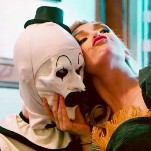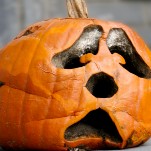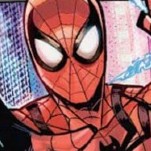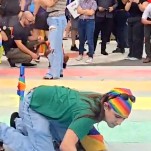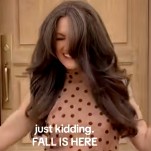In Westworld, This Has All Happened Before
EntertainmentSome critics might denounce the unavoidable presence of Westworld theories on the internet. But to do that would be to ignore (or to sit constipatedly with) one of the main elements of the show: On Westworld, the timeline, along with the memories of our main characters, is completely screwed up. We don’t have any other choice but to try to piece together the small fragments of information we’re given to construct our own working theory of what Westworld is, and used to be before now.
The title of the fourth episode, “Dissonance Theory,” could allude to cognitive dissonance theory, the psychological term that describes the discomfort that arises when an individual holds two conflicting attitudes or beliefs, and the need to ease this discomfort by eliminating one of them. And in the episode, we see our characters—mainly Maeve and Dolores—struggle with the discomfort of remembering things that don’t jibe with their current understanding of their own realities. Also, same for us.
Towards the beginning of the episode, Maeve has flashbacks of previous park deaths, of being shot in the stomach and of being collected by a man in a hazmat suit. After some kind of panic attack in the saloon, she runs home and draws an approximation of the hazmat man, only to find that she has done this many times before—today isn’t the first time she’s had that memory.
She later discovers that the native population also sees this image of hazmat man, and has elevated it to the status of a god. Hector explains the hazmat man is a “shade” who “walks between worlds… who is sent from Hell to oversee our world.” In a way, of course, that’s exactly right. This is likely a narrative trick to ensure the androids don’t question the image too much, but it means that memory wipes have been sloppy enough—unintentionally or not—to make an entire subculture see it.
-

-

-

-

-

-

-

-

-

-

-

-

-

-

-

-

-

-

-

-

-

-

-

-

-

-

-

-

-

-

-

-

-

-

-

-

-

-

-

-

